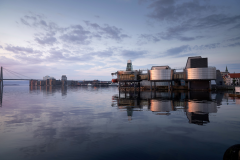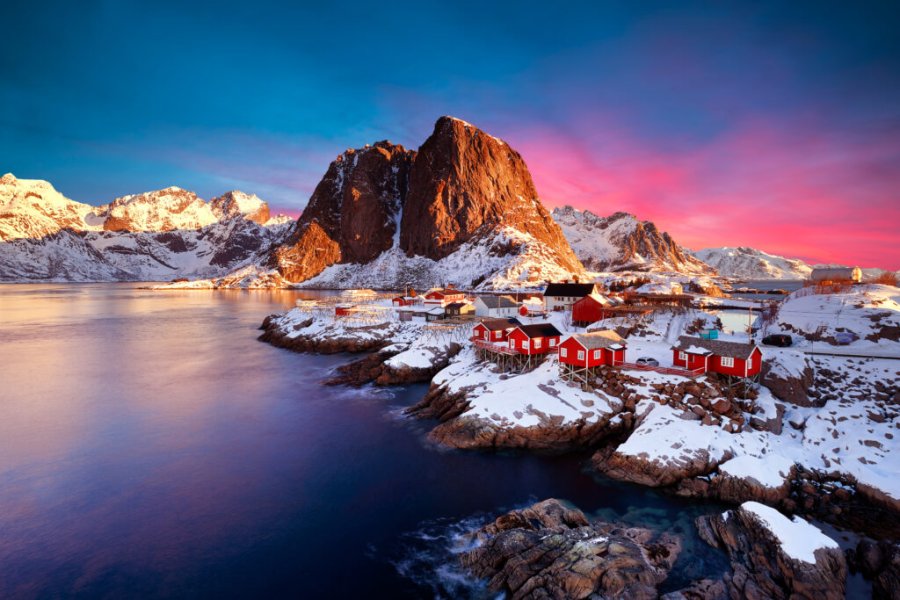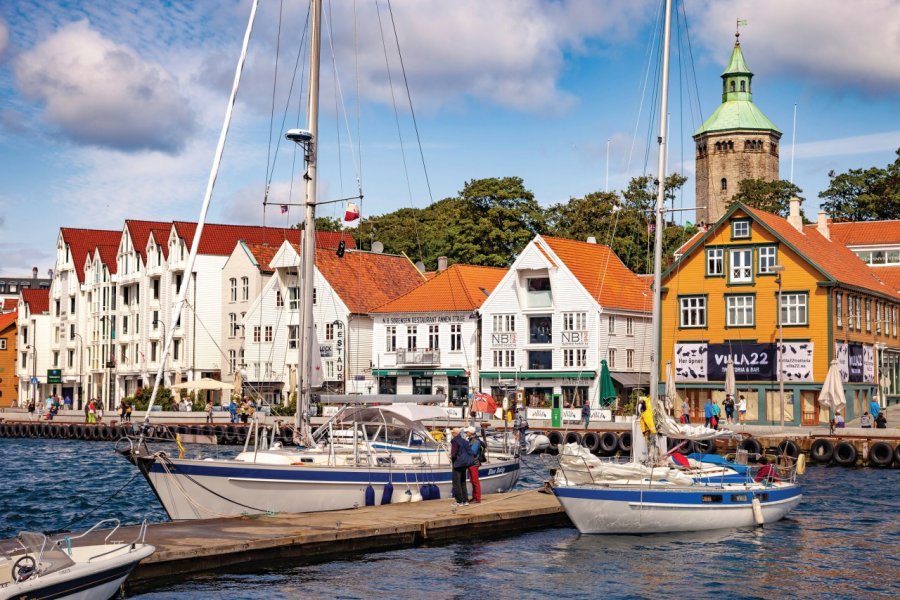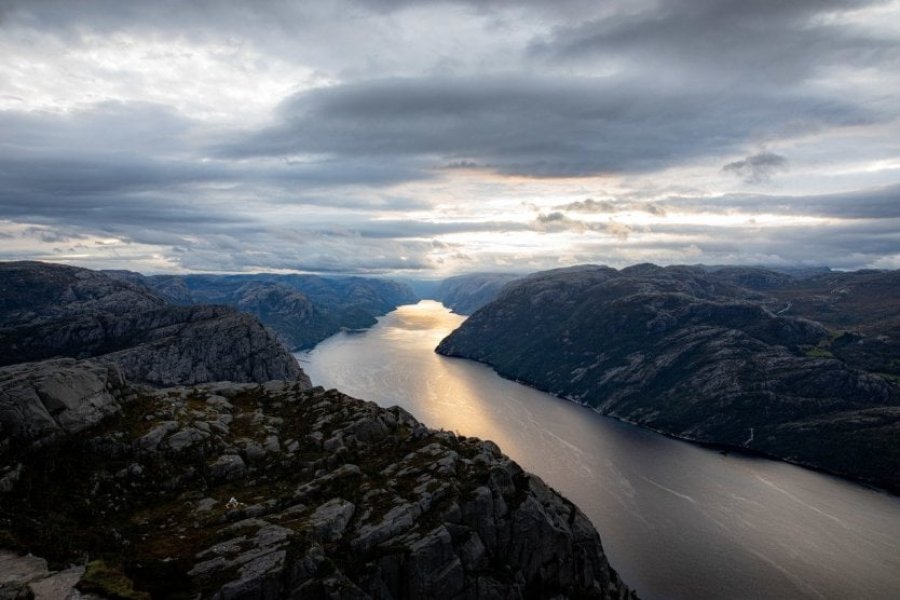Travel Guide Stavanger
Find an accommodation
Advertising
Stavanger is Norway's fourth-largest city, the country's main oil port and the capital of Rogaland. With a population of just over 145,000, it boasts the smallest metropolis in Europe. Stavanger is a very dynamic city, which is constantly growing. Life is good - the unemployment rate is just 2% - and the climate is temperate, with average temperatures of 3°C in January and 16°C in July. It's a cosmopolitan city, with over 175 different nationalities represented. It was founded in 1125, at the same time as its Anglo-Saxon cathedral. However, with growth stagnating, the archbishop returned to Kristiansand at the end of the 12th century. It wasn't until 1900, with the development of herring and sardine fishing, that Stavanger's population increased. Despite the existence of a few shipyards, sardine canning remained the main activity until the Second World War. Then, in 1969, large oil deposits were discovered at Ekofisk off Stavanger in the North Sea. As Norway had neither the resources nor the technology required at the time, Elf Aquitaine, along with other international companies, invested huge sums of money. Today, after several decades of economic growth, Stavanger is a modern city that has managed to preserve its charm of yesteryear. It has escaped the ravages of the great fires suffered by most other wooden towns. What's more, Stavanger has had ample opportunity to restore its old quarter. The old town's line of gabled warehouses and 173 wooden houses represent the largest architectural ensemble of its kind in Europe. A new trend is emerging: lack of space makes it impossible to build traditional single-family homes. The city had reached the end of its territorial potential. So new buildings were built, successful blends of modern and traditional wooden architecture. It's a success because of the beautiful views offered by these new homes located close to the sea. They are much more expensive than a wooden house with a small garden. Stavanger also boasts a vibrant nightlife, aided by easy oil money and the inevitable high rollers of this new golden age. Its "light trail", dotted with chic restaurants, nightclubs and more or less trendy bars along the Vågen, is never empty, even on weekdays. In a completely different vein, the real fjord region begins in Stavanger. The 42 km-long Lysefjord is one of Norway's must-see natural sites. It's here that the region's generous nature can be appreciated in all its splendor: emerald water fills the Lysefjord, and mountains with impressive vertical walls surround the fjord, where exuberant vegetation seems to grow right out of the rock in the interstices created by the faults. Above all, Hafrsfjord is famous for its history. It was here that the various Viking clans were united by the hairy Harald at the Battle of Hafrsfjord in 872, a date that has gone down in history as the unification of the first kingdom of Norway.
What to visit Stavanger?
Advertising
Weather at the moment
Advertising
Organize your trip with our partners Stavanger
Transportation
Book your plane tickets
Car Rental
Boat rental
Accommodation & stays
Find a hotel
Holiday rental
Find your campsite
Tailor-made trip
Immersion travel
Services / On site
Activities & visits
Find a doctor
Stavanger travel inspiration
Find unique Stay Offers with our Partners
Pictures and images Stavanger
Featured articles Stavanger
Other destinations nearby Stavanger
100 km away





















